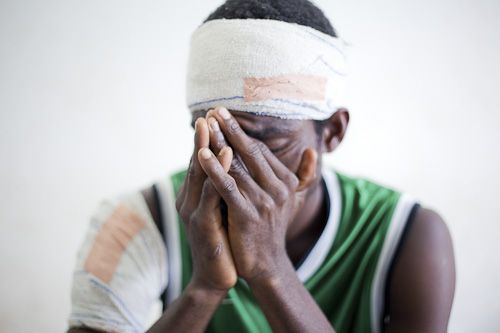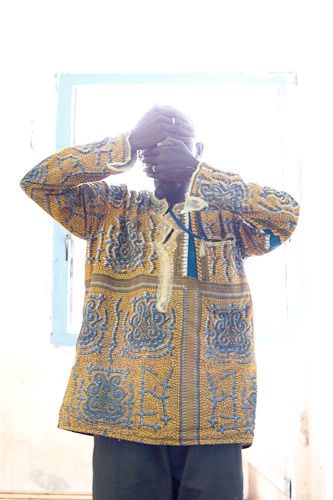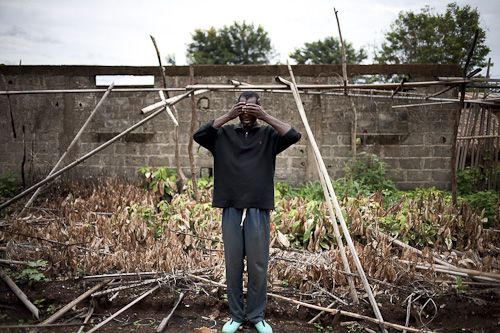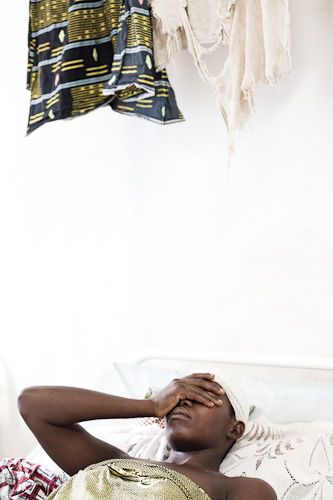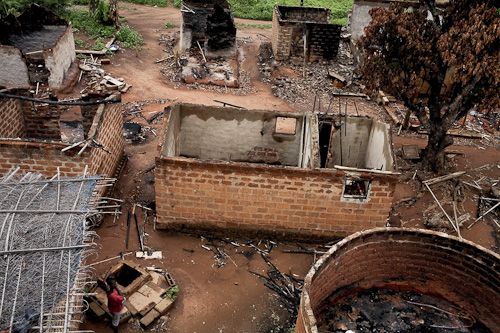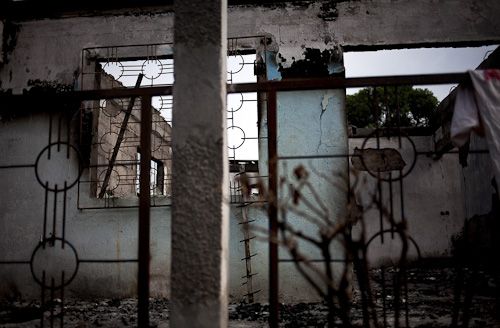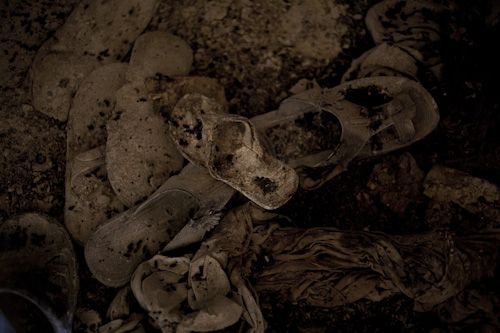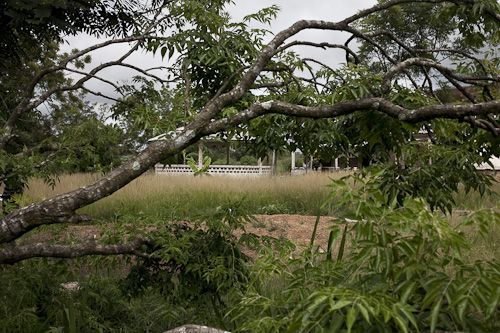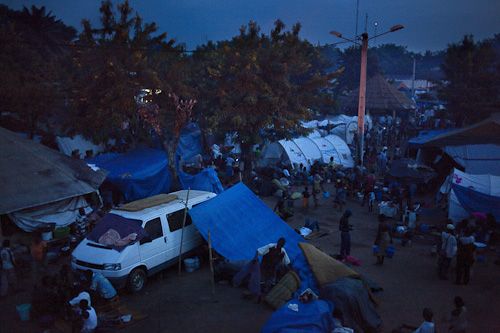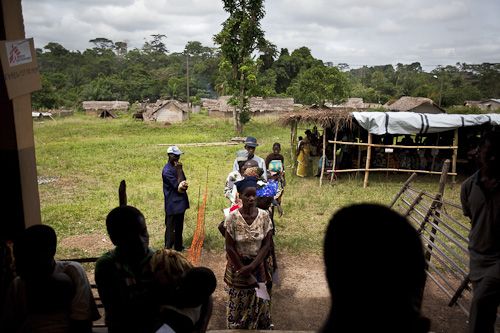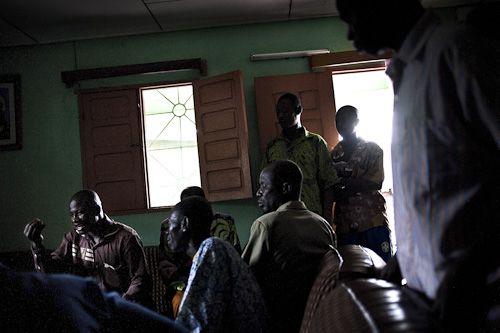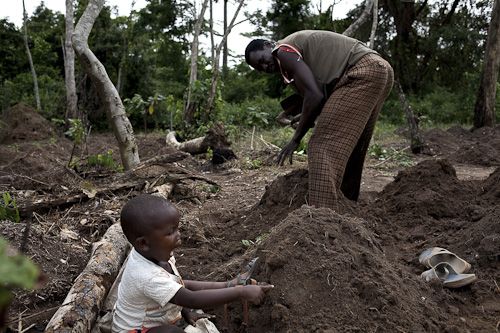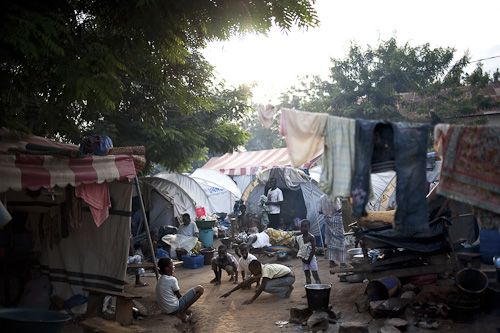Most of the post-election violence that plagued Ivory Coast for months has finally ended as Alassane Ouattara, the internationally recognized winner of presidential elections, wrested control from Laurent Gbagbo, the tyrannical former president. But in the western part of the country, these names were merely the backdrop for a continuing conflict over land rights and cocoa farming profits.
Migrant workers from nearby Mali, Burkina Faso, and other regions of Ivory Coast moved to the west en masse decades ago to farm cocoa in the fertile soil. At first they worked and lived harmoniously with the local tribes, and various unofficial land agreements were made between the two. In many cases, the land was given or sold to the migrants—only to be taken back once the cocoa trade became enormously profitable.
The wounds of their rivalries, both old and new, are still healing. The recent conflict brought two massacres to the region, one committed by each side, with hundreds of civilians killed. At least 28,000 local people are now living in refugee camps, and thousands of locals and immigrants have fled into neighboring Liberia, afraid to return home for fear of continued attacks.
People on both sides of the conflict wanted their stories told, but because acts of revenge and reprisal killings are a real threat, many agreed to speak and be photographed only on the condition that their identy be concealed.
With the new shift in power, there is hope that those who work the fields will finally reap the benefits of their toil, regardless of their origin. But considering the current state of the region–uncertain and tumultuous to say the least–it remains to be seen whether the next chapter in Ivory Coast’s story will be one of continuing conflict or a newly forged peace.
